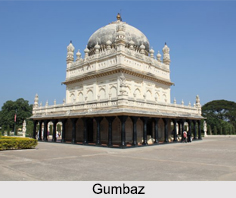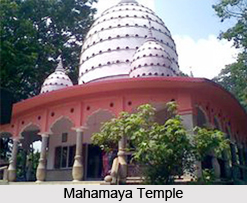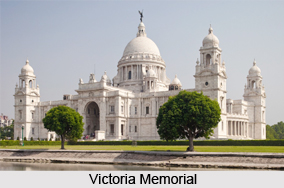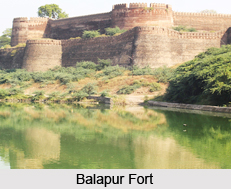 Gumbaz is a Muslim mausoleum at Srirangapatna, Karnataka. It is located at the centre of a landscaped garden which holds the graves of Tipu Sultan, his father Hyder Ali and his mother Fakr-Un-Nisa. The Gumbaz was built by Tipu Sultan to house the graves of his parents. Later, the British allowed Tipu to be buried here after his death in the Siege of Srirangapatna in 1799. Many of Tipu"s relatives are also buried outside the mausoleum in the garden.
Gumbaz is a Muslim mausoleum at Srirangapatna, Karnataka. It is located at the centre of a landscaped garden which holds the graves of Tipu Sultan, his father Hyder Ali and his mother Fakr-Un-Nisa. The Gumbaz was built by Tipu Sultan to house the graves of his parents. Later, the British allowed Tipu to be buried here after his death in the Siege of Srirangapatna in 1799. Many of Tipu"s relatives are also buried outside the mausoleum in the garden.
Architecture of Gumbaz
Gumbaz is designed in the Persian style architecture with a large rectangle shaped garden, having a path leading to the mausoleum. It is an impressive square structure, surmounted by a dome and surrounded by a corridor supported by pillars of black hornblende. The Gumbaz stands on an elevated platform in the middle of the garden. The dome of the Gumbaz is supported by 36 black granite pillars, and has an east facing entrance. The doors and windows have lattice work cut through in stone on the same black granite material. The walls inside are painted with tiger stripes. The three graves of Tipu Sultan, his father Hyder Ali and his mother Fakr-Un-Nisa are located inside the mausoleum.
Capture of Gumbaz by British
The ground of the Gumbaz was briefly occupied by British India forces in 1792, towards the end of the Third Anglo-Mysore War. The army camped on the grounds, and cut down many cypress trees in the garden surrounding the tomb of Hyder Ali, to be used as tent poles and fascines. The flower beds surrounding the mausoleum were dug up for burial of those who fell in the battle. The lawns of the garden were used to exercise the horses, and the walkways used for target practice. The choultry meant for the Muslim fakirs were converted into a hospital to treat the wounded soldiers in the battle.
This article is a stub. You can enrich by adding more information to it. Send your Write Up to content@indianetzone.com.




